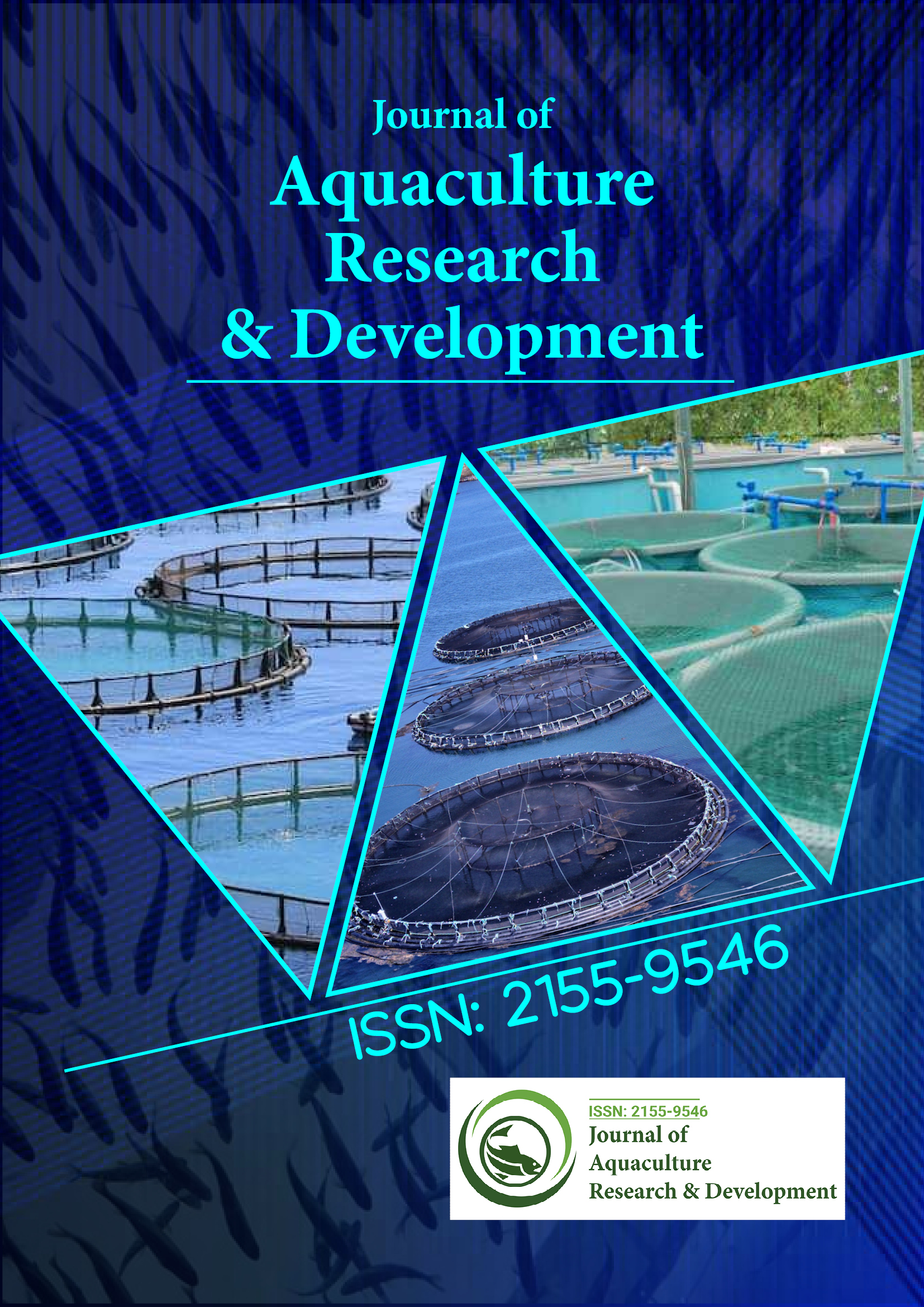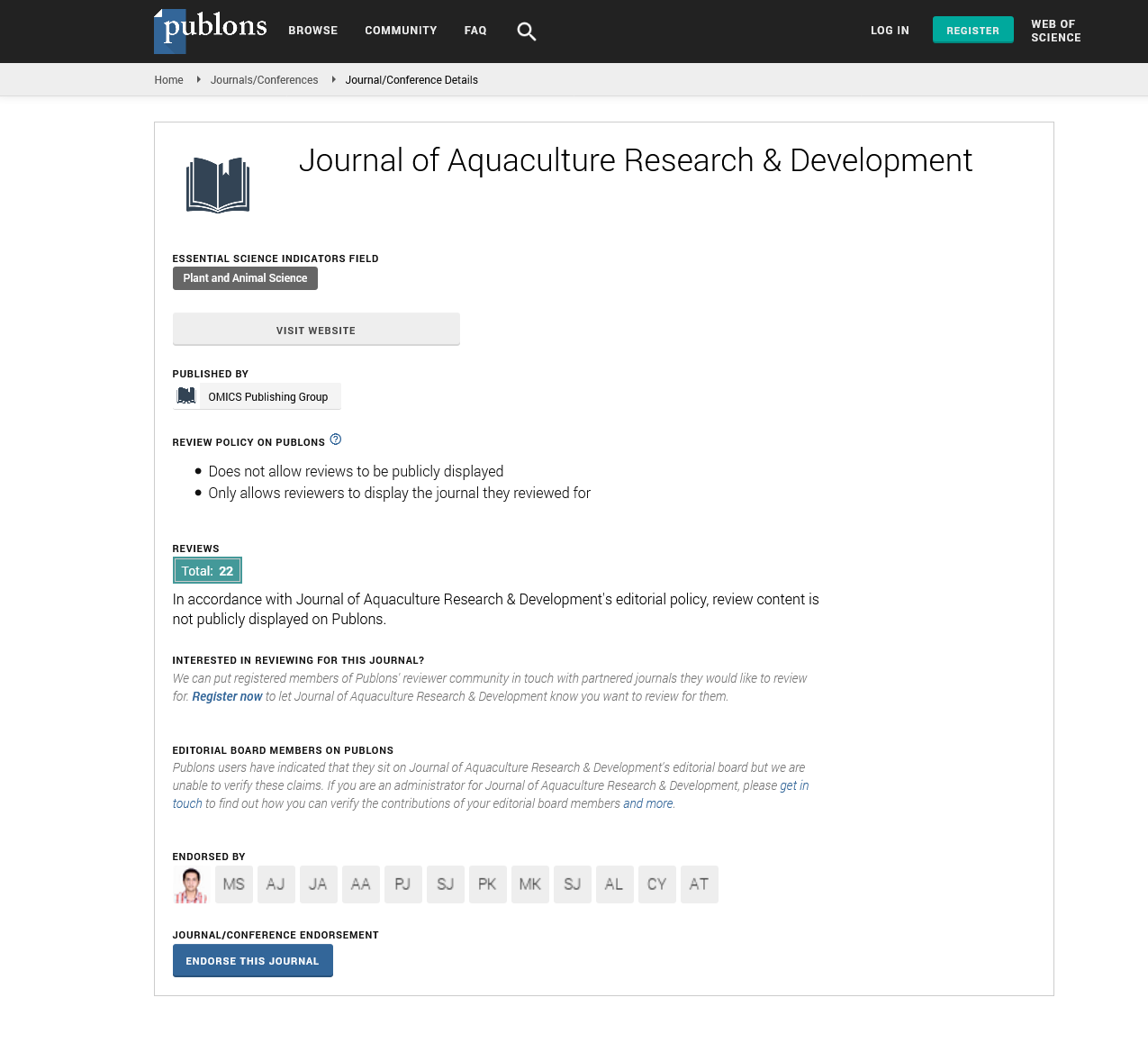Indexed In
- Online Access to Research in the Environment (OARE)
- Open J Gate
- Genamics JournalSeek
- JournalTOCs
- Scimago
- Ulrich's Periodicals Directory
- Access to Global Online Research in Agriculture (AGORA)
- Electronic Journals Library
- Centre for Agriculture and Biosciences International (CABI)
- RefSeek
- Directory of Research Journal Indexing (DRJI)
- Hamdard University
- EBSCO A-Z
- OCLC- WorldCat
- Scholarsteer
- SWB online catalog
- Virtual Library of Biology (vifabio)
- Publons
- MIAR
- University Grants Commission
- Euro Pub
- Google Scholar
Useful Links
Share This Page
Journal Flyer

Open Access Journals
- Agri and Aquaculture
- Biochemistry
- Bioinformatics & Systems Biology
- Business & Management
- Chemistry
- Clinical Sciences
- Engineering
- Food & Nutrition
- General Science
- Genetics & Molecular Biology
- Immunology & Microbiology
- Medical Sciences
- Neuroscience & Psychology
- Nursing & Health Care
- Pharmaceutical Sciences
Perspective - (2025) Volume 16, Issue 2
Machine Learning for Early Detection of Aquatic Pathogens
Rafael Mender*Received: 03-Feb-2025, Manuscript No. JARD-25-28622; Editor assigned: 05-Feb-2025, Pre QC No. JARD-25-28622 (PQ); Reviewed: 19-Feb-2025, QC No. JARD-25-28622; Revised: 26-Feb-2025, Manuscript No. JARD-25-28622 (R); Published: 05-Mar-2025, DOI: 10.35248/2155-9546.25.16.966
Description
The rapid identification and containment of aquatic pathogens is crucial to the health and sustainability of aquaculture systems. Outbreaks caused by bacteria, viruses, fungi, and parasites can lead to significant mortality, economic loss, and environmental damage. Traditional diagnostic methods, while accurate, often suffer from delays in sample collection, laboratory processing, and result interpretation. With the increasing complexity of aquaculture operations and the ever-present risk of emerging diseases, the aquaculture industry is now turning to machine learning as a powerful tool for early pathogen detection and health surveillance. The integration of artificial intelligence in aquatic diagnostics has the potential to shift disease management from a reactive to a proactive model, significantly reducing the impact of infections on cultured species.
Machine learning involves the use of algorithms that can learn patterns from data and make predictions or classifications based on new inputs. In the context of aquaculture, this means analyzing complex datasets generated from water quality sensors, video monitoring systems, gene expression data, and microbiome sequencing to identify subtle changes that may indicate the onset of disease. These models are capable of detecting correlations between environmental stressors and pathogen outbreaks that might not be obvious through conventional analysis. By continuously learning from historical and real-time data, machine learning systems become more accurate over time, adapting to the specific conditions of individual farms or species.
Recent advancements in high-throughput sequencing technologies have generated vast quantities of omics data, including transcriptomic, proteomic, and metagenomic profiles. Machine learning algorithms such as random forests, support vector machines, and neural networks are now being employed to analyze these datasets and identify disease biomarkers in aquatic species. For instance, specific gene expression patterns in shrimp or tilapia may serve as early indicators of viral infection. These markers, once validated, can be used in real-time monitoring systems that flag potential outbreaks before clinical symptoms appear, allowing for timely interventions.
Another application lies in the analysis of behavior and movement patterns of aquatic organisms. Using computer vision systems combined with machine learning, farms can monitor the swimming activity, feeding response, and schooling behavior of fish or shrimp. Deviations from normal patterns often precede clinical signs of disease. These systems can provide alerts based on trained models that distinguish between natural behavioral variation and signs of stress or infection. The ability to detect anomalies at such an early stage drastically improves the odds of successful treatment and containment.
Water quality is another critical area where machine learning proves valuable. Parameters such as temperature, pH, ammonia, nitrite, dissolved oxygen, and salinity are constantly monitored in modern aquaculture operations. Machine learning models trained on historical disease events can correlate specific environmental conditions with increased disease risk. These predictive models can then inform management decisions such as adjusting water exchange, modifying feeding regimes, or applying preventive treatments, thereby minimizing pathogen proliferation.
Despite its promise, the adoption of machine learning in aquaculture disease management is not without challenges. A major hurdle is the availability and quality of data. Models are only as good as the datasets they are trained on, and inconsistencies in sampling protocols, sensor calibration, or species-specific variability can affect performance. Moreover, developing robust models requires interdisciplinary collaboration between aquaculture scientists, data engineers, and computational biologists. Another concern is the interpretability of complex algorithms such as deep learning models. For widespread acceptance, it is important that stakeholders understand how and why certain predictions are made, especially in high-stakes scenarios involving disease management.
Nevertheless, successful case studies are beginning to emerge. Pilot programs in Norway, Vietnam, and Chile have demonstrated the feasibility of using machine learning to detect early signs of infectious salmon anemia, white spot disease, and vibriosis. These systems have not only reduced mortality rates but have also optimized the use of antibiotics and vaccines, supporting more sustainable and responsible aquaculture practices.
In conclusion, machine learning offers a revolutionary approach to disease surveillance and early pathogen detection in aquaculture. By harnessing the power of data, these intelligent systems provide farmers with timely, actionable insights that can prevent outbreaks and enhance the resilience of production systems. As data collection and algorithm development continue to advance, machine learning is poised to become an integral component of next-generation aquatic health management.
Citation: Mender R (2025). Machine Learning for Early Detection of Aquatic Pathogens. J Aquac Res Dev. 16:966.
Copyright: © 2025 Mender R. This is an open access article distributed under the terms of the Creative Commons Attribution License, which permits unrestricted use, distribution, and reproduction in any medium, provided the original author and source are credited.

